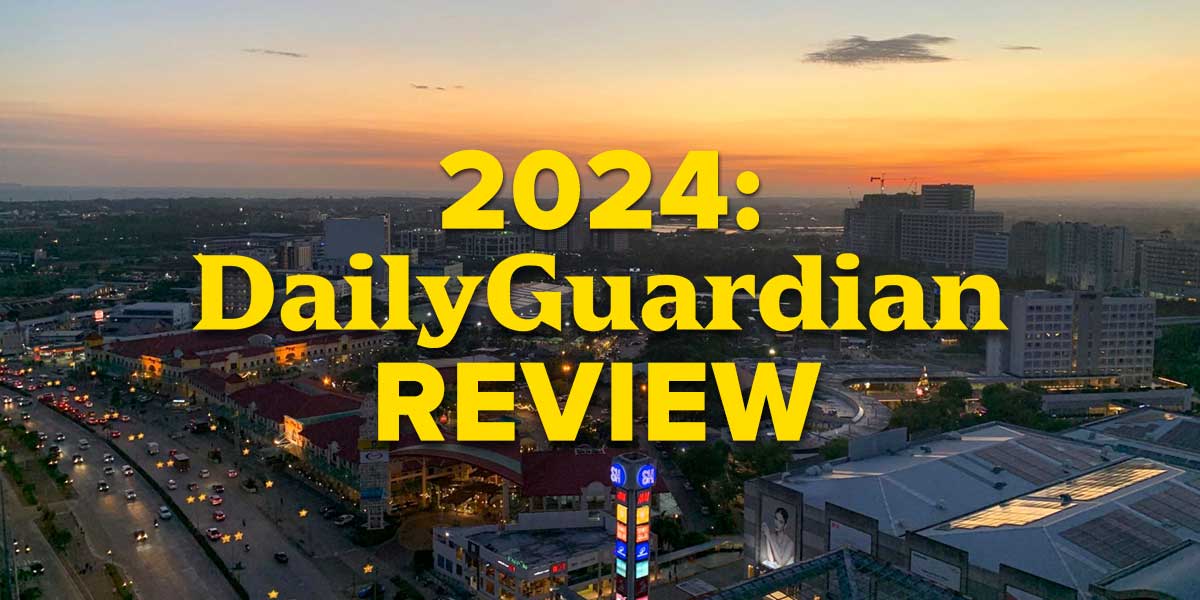 By Art Jimenez
By Art Jimenez
COVID-19 is just one-year old by December 31 and yet… it has robbed us of mobility, business, employment, income, economic progress, and worst of all, life. As of December 13, the Philippines has recorded 449,400 confirmed cases with 8,733 deaths.
That makes us second only to Indonesia’s 617,820 cases among our ASEAN partners. A far third is Myanmar (formerly Burma) with 108,342 cases. Fourth and fifth, with their respective numbers, are Malaysia (83,475) and Singapore (58,320).
The remaining five ASEAN members have these comparatively minimal COVID-19 cases.

Coronavirus continues to envelop the world as I write this piece. As of December 14, the global reach of the invisible pandemic has cut across 191 countries and territories, infecting 72.5 million individuals of all ages and claiming more than 1.6 million lives.
The 10 countries with the highest number of infection cases totaling 47.1 million are.

Meanwhile the 10 countries with the highest number of lives lost totaling 1.07 million are:

The virus still surges in many more countries as new infections go north although others show signs of pandemic levelling off after authorities put more teeth on their lockdown rules and other restrictions. Among the latter are certain measures already applied by our LGU chiefs months earlier. Examples are our version of localized lockdowns (of barangay or sitio), which in some parts of Europe are bounded by color codes, closure of schools, and highly controlled/monitored intercity/interstate checkpoints. Europe is a big landmass with states separated only by highway boundaries. Exceptions are a few island states such as the United Kingdom, Ireland, Iceland, and Malta
Overall, however, the daily chart COVID-19 reveals infections overwhelm the observed Covid lessening in some areas as shown on the chart below. The blurred dates on the horizontal (or X-axis) are dates from January 22 to December 13, 2020. The Y-axis represents the “Number of Cumulative Cases.”
I believe it would take the better part of 2021 to actually “flatten” this curve.

COVID-19 Origin
Here’s a short timeline on the beginning of the disease up to the time the World Health Organization (WHO) confirmed the human-to-human transmission of the viral disease.
Dec. 31, 2019 – Chinese government informs the WHO China Office of pneumonia cases with unknown causes in China’s Wuhan City of Hubei province.
Jan. 1, 2020 – Some pneumonia patients (44 by Jan. 3) were vendors at the Huanan seafood market. Authorities close the market as it could be the source of the mystery disease.
Jan. 7 – Cause of the outbreak was ID’ed as new coronavirus usually found in animals that could infect humans and transfer between humans.
Jan. 9 – First death due to 2019-nCoV (a.k.a. new coronavirus discovered in 2019.
Jan. 12 – China shares the virus’s “genetic sequence” to help countries test and trace potentially infected people.
Jan. 21 – WHO confirms human-to-human transmission of the virus.
The Spread
Cases of the mysterious virus spread in quick succession throughout all continents except Antarctica. The first outside China was reported from Thailand on January 13. Then followed in the same month by other Asian countries such as Japan, South Korea, Singapore, Vietnam, Malaysia, Nepal, Cambodia, Sri Lanka, India, Philippines, which is also the first to record the first death outside China (on February 2).
Uncannily, the first cases in Thailand, Japan, South Korea, and the Philippines all came Wuhan, China where the virus originated!
Also reported in January were the first cases in the US and Canada (North America); Australia (Oceania); France, Finland, Germany, Spain, Sweden, Spain, and UK (Europe), UAE (Middle East), Russia (a transcontinental country located in Eastern Europe and Northern Asia).
On Valentine’s Day, the virus had its first patient in Egypt (Africa).
Naturally, the number of cases and deaths correspondingly rose dramatically (sometimes exponentially) as the invisible virus traveled the world.
What’s in a Name
On January 29, the WHO temporarily named the disease causing the global outbreak as “2019-nCoV acute respiratory disease”, where “n” is for “novel” and “CoV,” for “coronavirus.”
On February 11, the WHO officially renamed “2019-nCoV” as COVID-19, where CO stands for “corona;” VI for “virus;” and D for “disease” to mean “coronavirus disease discovered in 2019.” On the other hand, the virus that carries COVID-19 is officially called “severe acute respiratory syndrome coronavirus 2” or SARS-CoV-2.
(To be Concluded)


















